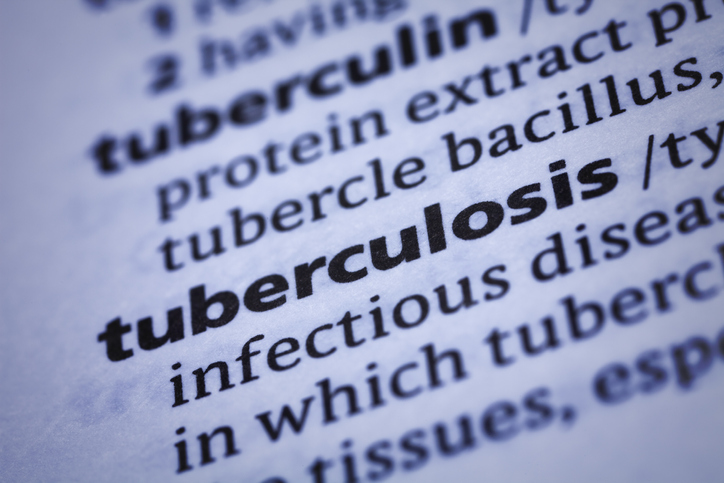Join us in the new year for a webinar discussing the social realities of tuberculosis (TB) in First Nations and Inuit communities, and the importance of a culturally responsive approach to TB care. The date and time will be confirmed in the new year.
Subject Area: Tuberculosis (TB)
Tuberculosis
Tuberculosis (TB) is both preventable and curable, yet remains the world’s deadliest infectious disease. Although Canada is a low TB incidence country, TB continues to disproportionately affect First Nations, Inuit, and Métis peoples, and immigrant, refugee, and newcomer populations.
How Primary Care Providers Can Support Immigrant and Refugee TB Clients
This webinar is part of the Public Health Agency of Canada’s (PHAC’s) Communicable Diseases and Infection Control (CDIC) Webinar Series and is co-hosted by the National Collaborating Centre for Infectious Diseases (NCCID).
Tuberculosis (TB) Journey in Northern First Nations Communities
A Social Determinants and the TB Journey video.
The TB Journey Map for Northern First Nations Communities is an educational resource for services providers in TB-affected First Nations communities. It visually depicts the key stages in a typical patient journey with emphasis on the different health-care related, social and First Nations determinants of health.
TB Talks, S2: Episode 4 – What it Takes
In the final episode of this series, TB program staff reflect on their lessons from the outbreak, including what worked well, and what is still needed for TB elimination.
TB Talks, S2: Episode 3 – Get Away from Me
Our third episode looks deeper into the impact of stigma, particularly on the experiences of one young woman whose life had been repeatedly up-ended by the disease.
TB Talks, S2: Episode 2 – My Four-Year-Old Son
Episode two describes the TB journey of a young mother and her four year old son after learning he had contracted a rare form of the disease.
TB Talks, S2: Episode 1 – The Face of the First Case
Our first episode takes us to the beginning – the story of how a young adult fell through the cracks of a strained health system to become the outbreak’s index case.
TB Performance Measures Scan
This scan compares TB performance indicators and targets in Canada, the United States, the United Kingdom and Australia. This is a student project.
Multi-Drug Resistant Tuberculosis – International Resources for Canadian Public Health Personnel
COMMENTARY: Yoav Keynan, MD and NCCID’s Scientific Lead COMMENT According to the WHO 2017 report, in 2016 globally, there were 600,000 new cases of tuberculosis with resistance to rifampicin, the most effective first-line drug, of which 490,000 cases had multidrug-resistant TB (MDR-TB), defined as resistance to rifampicin and isoniazid. Almost half (47%) of these cases…
IQ13: Post-landing Surveillance and Virtual Tuberculosis Services in Alberta
In this, the fifth in our ‘TB Talk’ series of episodes, we hear from Dr. Ryan Cooper, an infectious diseases specialist with Alberta Health Services. Here, Dr. Cooper speaks to how post-landing TB surveillance works in Canada (including some Alberta-specific challenges), plus the best approach to on-going follow-up. He also discusses how Alberta’s virtual TB clinic model has made a difference to rural, remote and Indigenous communities.
IQ12 : New Digital Technologies in TB
The fourth in our ‘TB Talk’ series, conversations from the most recent meeting of the North American Region of the International Union Against Tuberculosis. This episode, we hear from Dr. Dennis Falzon, a Medical Officer with the Stop TB Department at the World Health Organization in Geneva. Here, he discusses the WHO’s End TB Strategy, as well as the potential of new technologies to prevent and eliminate TB.


